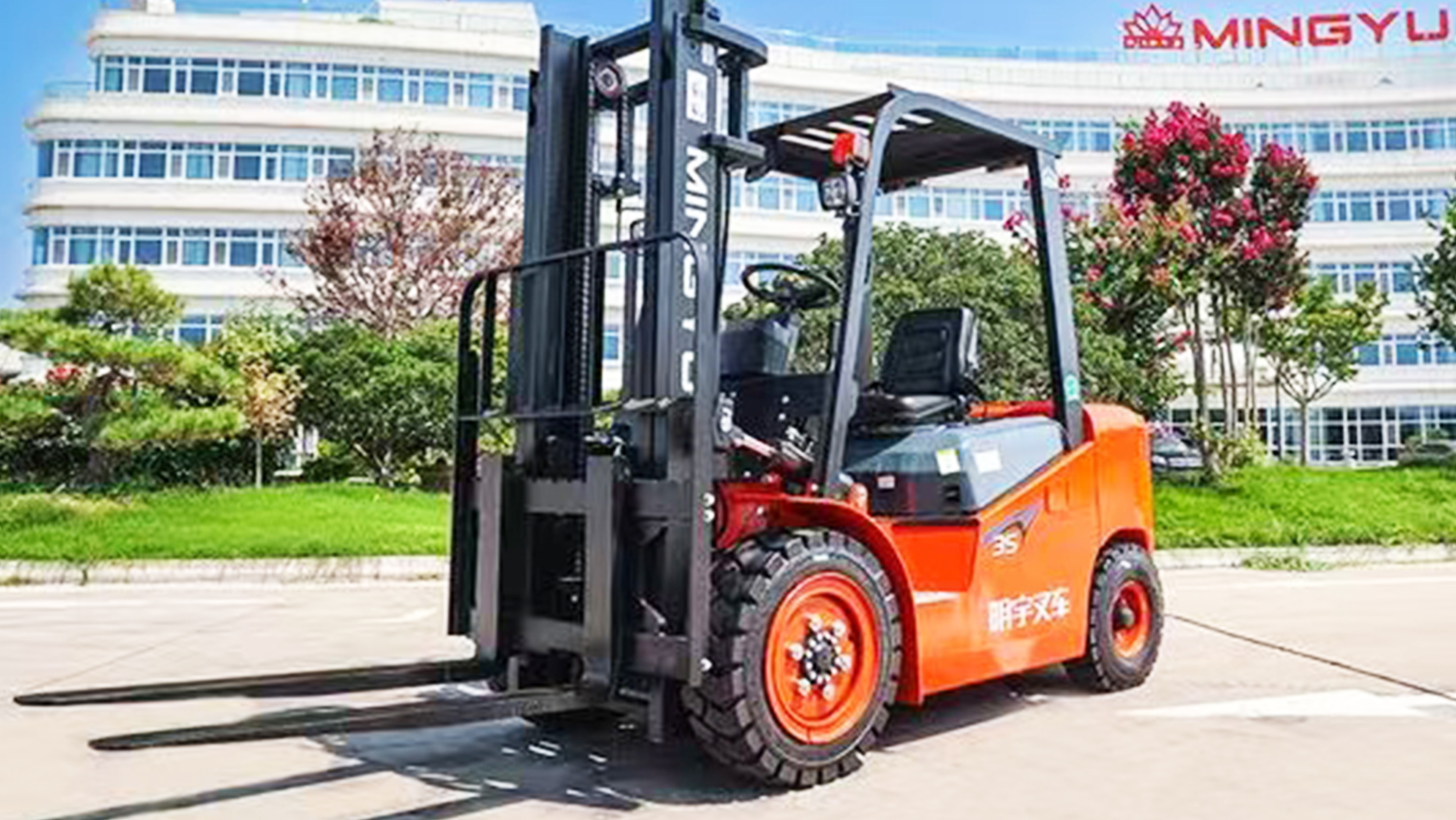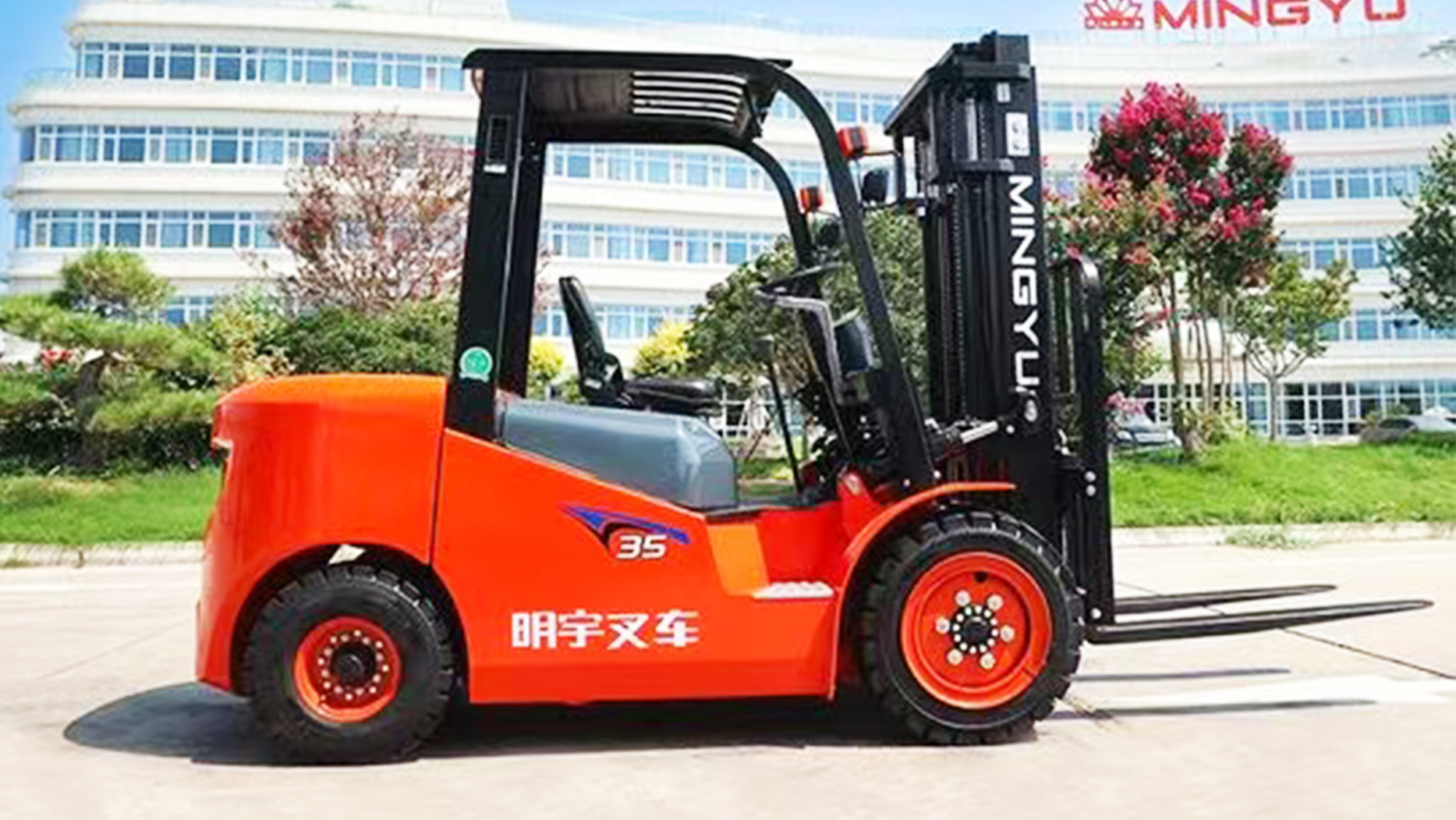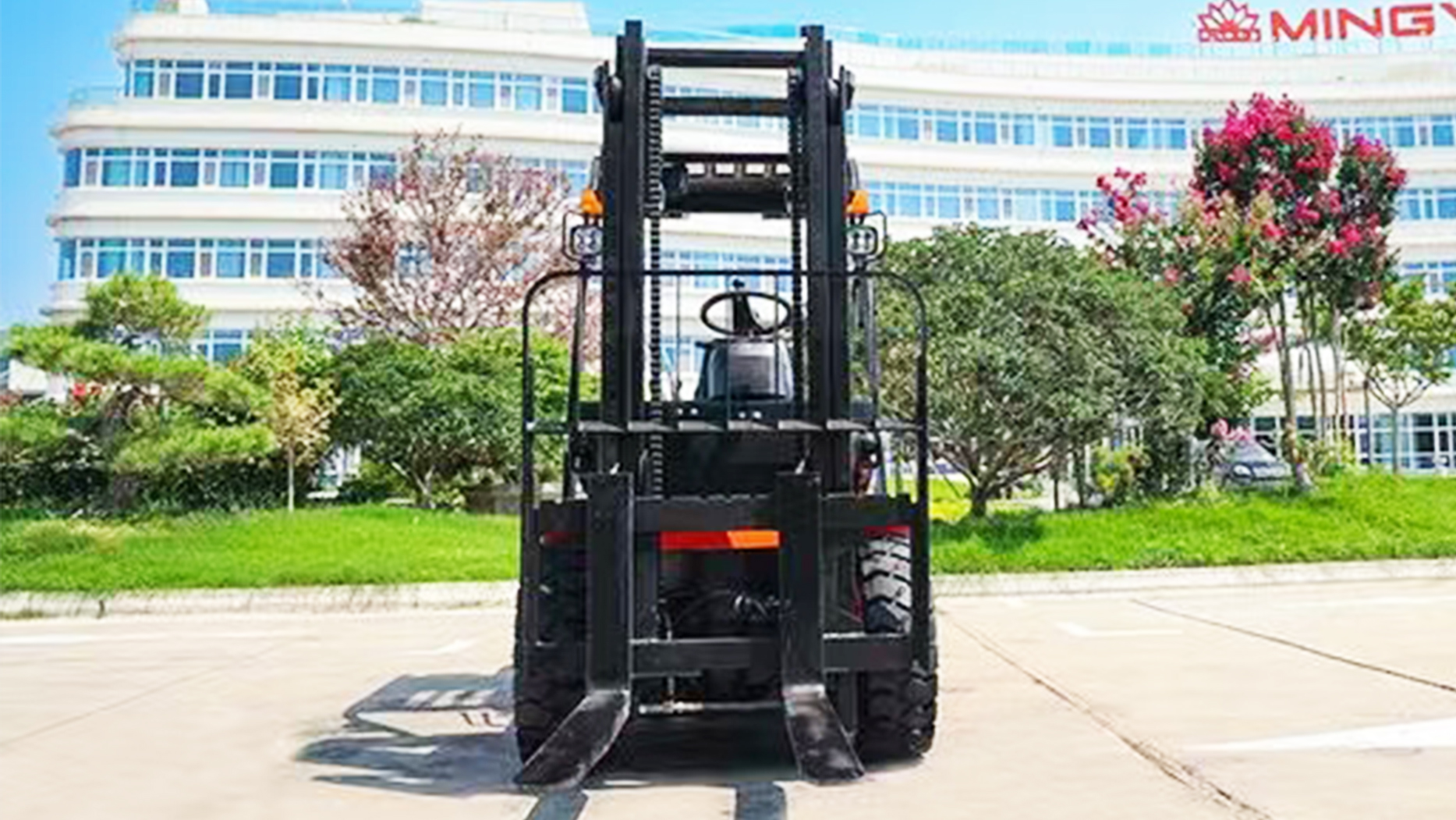For decades, the diesel forklift has been the undisputed champion for handling heavy loads, especially in outdoor, high-intensity applications. Its raw power, robust engine, and quick refueling capabilities made it the go-to choice for moving massive weights. However, with growing environmental concerns, stricter emission regulations, and rapid advancements in battery and motor technology, the electric forklift has been rapidly closing the gap. The critical question for many businesses is: Can electric forklifts now truly handle heavy loads like their diesel counterparts?
The short answer is: increasingly, yes, especially with modern lithium-ion battery technology. While diesel still holds advantages in some extreme, continuous heavy-duty scenarios, the capabilities of electric forklifts for substantial lifting are no longer limited to light warehouse duties. This shift is revolutionizing material handling, offering businesses a cleaner, quieter, and often more cost-effective alternative for heavy lifting.
The Traditional Divide: Diesel's Heavy-Duty Domain
Historically, the distinction was clear:
Diesel Forklifts: Dominated heavy-duty, outdoor, and multi-shift operations. Their internal combustion engines provide immense torque and continuous power to lift very heavy loads, climb ramps, and navigate rough terrain. A forklift 3 ton diesel model, for example, is a common sight on construction sites precisely because of its power to weight ratio. Their ability to be quickly refueled meant minimal downtime, critical for high-volume operations.
Electric Forklifts (Traditional Lead-Acid): Were typically relegated to lighter-duty, indoor applications. While they offered zero emissions and quiet operation, the limitations of lead-acid batteries (weight, slower charging, memory effect, voltage drop under load) restricted their sustained power output and capacity, especially for very heavy loads or long shifts.
This traditional divide is now blurring thanks to significant technological leaps in electric power.

The advancements primarily stem from two key areas: battery technology and motor/control system innovation.
1. Lithium-Ion Batteries: The Game Changer
The widespread adoption of lithium-ion batteries (Li-ion) is the single biggest factor enabling electric forklifts to handle heavier loads more effectively.
Consistent Power Delivery: Unlike lead-acid batteries, which experience significant voltage drop and power fade as their charge depletes, lithium-ion batteries provide consistent, high-voltage power throughout nearly their entire discharge cycle. This means the electric forklift maintains its full lifting and travel performance, even when the battery is nearly empty. This is crucial when lifting heavy loads, as power consistency directly translates to lifting speed and stability.
Higher Energy Density: Lithium-ion batteries pack more energy into a smaller, lighter package. This allows for:
Greater Capacity: Enabling the forklift to perform more work and handle heavier loads for longer durations.
Reduced Forklift Weight (sometimes): While the battery itself is dense, its overall efficiency can allow for different counterweight configurations, leading to more agile designs for certain heavy-lift models.
Faster Charging & Opportunity Charging: Li-ion batteries can be fully charged in 1-2 hours (compared to 8-12 hours for lead-acid) and can be opportunity charged during breaks without harming battery life. This virtually eliminates downtime related to battery swaps or long charging cycles, allowing for continuous, high-intensity operations comparable to diesel's quick refueling.
No Maintenance: Li-ion batteries are sealed and require no watering, equalization, or specialized ventilation areas, simplifying operations and reducing labor costs.
Longer Lifespan: Li-ion batteries often last 2-3 times longer than lead-acid batteries, offering a significantly lower total cost of ownership over the forklift's life, despite a higher upfront cost.
2. Advanced Electric Motors and Control Systems
Beyond batteries, improvements in the electric drive systems themselves contribute to enhanced heavy-load capability:
AC Motors: Modern electric forklifts primarily use AC (Alternating Current) motors, which are more powerful, efficient, and durable than older DC (Direct Current) motors. AC motors provide excellent torque even at low RPMs, crucial for initiating heavy lifts.
Precise Control: Sophisticated electronic control systems optimize power delivery from the battery to the motors. This allows for precise control over lifting, lowering, and driving functions, enhancing both safety and efficiency when handling heavy and potentially unstable loads.
Regenerative Braking: Many electric forklifts utilize regenerative braking, which converts kinetic energy back into electrical energy and stores it in the battery, further extending battery life and reducing energy consumption during heavy load operations.

Where Electric Forklifts Now Compete with Diesel for Heavy Loads
With these advancements, electric forklifts are increasingly viable for tasks traditionally reserved for diesel forklifts:
Medium to Heavy Warehouse and Manufacturing: For operations handling 3-5 ton palletized loads, steel coils, machinery components, or large finished goods indoors, electric forklifts are now a robust and cleaner option. A modern electric forklift can easily match the performance of a forklift 3 ton diesel in these environments.
Ports and Logistics (Paved Yards): Larger electric models are being deployed in ports for container stuffing/stripping and moving heavy cargo on paved surfaces, reducing noise and emissions in busy areas.
Recycling and Waste Management (Specific Areas): While diesel still dominates the dirtiest parts of landfills, electric forklifts are finding roles in cleaner, indoor recycling sorting facilities where air quality is a concern but heavy loads still need to be managed.
Some Outdoor Applications: While not yet ready for the roughest, unpaved terrain that rough terrain forklifts conquer, some heavy-duty electric models with pneumatic tires can handle paved outdoor yards or relatively smooth industrial concrete surfaces, even with significant loads.
Where Diesel Still Holds an Edge
Despite the electric revolution, diesel forklifts still maintain certain advantages in very specific, demanding niches:
Extreme Environments & Rough Terrain: For the absolute toughest, unpaved, muddy, or extremely dusty outdoor environments, especially those involving steep grades and highly uneven surfaces, the sheer mechanical robustness, sustained power, and all-terrain capabilities of a forklift diesel (particularly a 4WD rough terrain forklift) remain difficult for electric models to fully match.
Remote Locations Without Charging Infrastructure: In areas where electricity is unreliable or setting up charging infrastructure is impractical, diesel's self-contained nature and easy refueling remain a clear benefit.
Ultra-Heavy Lifting (20+ tons): While electric models are growing in capacity, for the largest industrial applications requiring lifts of 20 tons or more, diesel still tends to be the prevalent choice due to established technology and proven power.
 The Total Cost of Ownership (TCO) Shift
The Total Cost of Ownership (TCO) Shift
Beyond performance, the long-term economics are also favoring electric. While electric forklifts often have a higher upfront purchase price (especially with lithium-ion batteries), their lower operational costs can lead to a significantly lower Total Cost of Ownership over their lifespan:
Lower Fuel Costs: Electricity is generally cheaper than diesel fuel, especially with efficient charging practices.
Reduced Maintenance: Fewer moving parts mean less mechanical wear and tear, leading to fewer and less complex service requirements. This can translate to substantial savings on parts and labor.
Longer Component Life: Electric motors and lithium-ion batteries (if properly managed) generally have a longer lifespan than internal combustion engines.
The Role of Manufacturers Like MINGYU FORKLIFT
Manufacturers like MINGYU FORKLIFT are at the forefront of this transition. They are increasingly offering robust electric forklift models with lithium-ion battery options that can compete directly with their forklift diesel counterparts in terms of lifting capacity and sustained performance. This diversification allows businesses to choose a MINGYU FORKLIFT that best suits their needs, whether it's a powerful forklift 3 ton diesel for traditional heavy-duty outdoor work or an advanced electric model for cleaner, equally demanding indoor or paved-yard applications.
Conclusion: A Strategic Choice
The answer to whether electric forklifts can handle heavy loads like diesel forklifts is now a resounding "yes" for a significant range of applications. Thanks to lithium-ion battery technology and advancements in motor and control systems, electric models offer consistent power, fast charging, reduced emissions, and lower long-term operating costs.
While diesel forklifts will continue to be vital for the most extreme rough terrain and ultra-heavy lifting scenarios, the electric revolution is rapidly expanding its footprint into tasks traditionally dominated by internal combustion engines. For businesses evaluating their fleet, the decision now hinges not just on raw power, but on the operating environment, sustainability goals, TCO analysis, and the capabilities of modern electric technology. By carefully considering these factors, companies can select the forklift that best powers their heavy-duty operations into a more efficient, cleaner future.
Post time:Jul.09.2025
